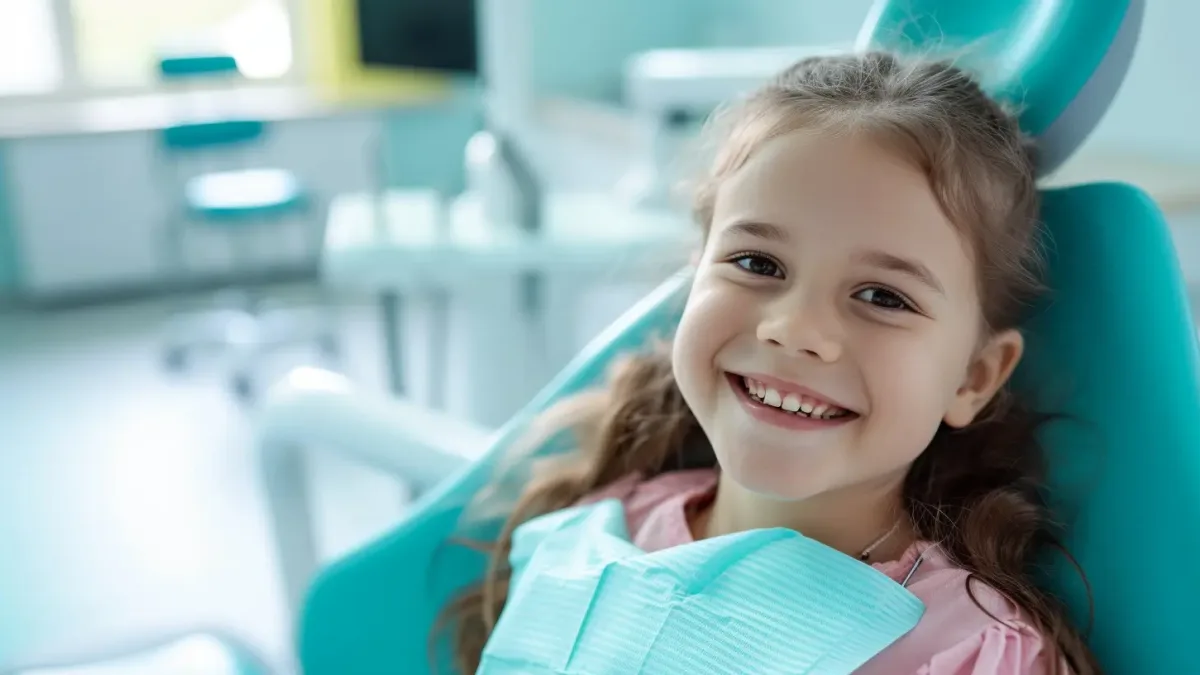
The environment of a dental office, with its distinct smells, the whir of drills, and the presence of masked figures wielding unfamiliar instruments, can be an intimidating landscape for a child. This initial anxiety, if not skillfully managed, can calcify into a lifelong phobia, creating a persistent barrier to essential preventative care. Consequently, the goal of pediatric dental care extends far beyond merely cleaning and treating teeth; it must prioritize the creation of a positive, even enjoyable, emotional and psychological experience. Successfully reframing the dental visit from a daunting necessity into an engaging routine requires a nuanced, multi-layered strategy that actively involves the dentist, the supporting staff, and crucially, the parents. It is a subtle form of behavioral engineering that leverages play, communication, and environmental design to gently ease the child’s apprehension, ultimately laying the foundation for an adult who is proactive and comfortable with their own oral healthcare. This journey begins long before the child ever sits in the chair, rooted in preparation and managed expectations.
This initial anxiety, if not skillfully managed, can calcify into a lifelong phobia
The core philosophy of making dental visits enjoyable centers on demystification and managed exposure. Children fear the unknown, and the dental setting is filled with the unknown. Therefore, a critical first step is the “Tell-Show-Do” technique, a foundational pedagogical tool in pediatric dentistry. The practitioner verbally explains what they are about to do in age-appropriate, non-threatening language (“Tell”). For instance, instead of saying “I’m going to use the drill,” they might say, “I’m going to use the special toothbrush that hums and gives your teeth a shower.” They then physically demonstrate the procedure or the instrument (“Show”). The suction device becomes a “Mr. Thirsty” that drinks water, the mirror becomes a “tooth counter,” and the air syringe is shown to be a “tooth blower” that dries the teeth. The child may even be allowed to hold or touch the non-sharp instruments. Only after the explanation and demonstration is complete does the dentist proceed with the actual procedure (“Do”). This consistent, transparent communication reduces surprise and establishes trust, transforming potentially scary tools into predictable, harmless elements of a routine.
The core philosophy of making dental visits enjoyable centers on demystification and managed exposure
The physical and sensory environment of the pediatric dental office plays an underestimated role in setting the emotional tone. Moving away from the stark, sterile aesthetic of traditional medical settings, a successful pediatric practice embraces design elements that are stimulating, calming, and familiar. This involves more than simply having a few toys in the waiting room. It extends to bright, non-fluorescent lighting; walls painted in soothing or playful colors; and waiting areas designed to feel more like a soft-play space than a clinic. Crucially, the operatory itself should be designed to distract. Ceiling-mounted televisions showing animated films or engaging nature documentaries provide a powerful visual anchor that draws the child’s focus away from the instruments being used in their mouth. Furthermore, the use of headphones, allowing the child to listen to music or the film’s audio, effectively dampens the startling noise of the dental equipment, mitigating a primary source of anxiety.
The physical and sensory environment of the pediatric dental office plays an underestimated role in setting the emotional tone
The role of the dental team’s communication style is paramount, requiring a specialized linguistic approach that avoids clinical terminology and potential fear triggers. The entire staff, from the receptionist to the hygienist, must be trained in positive reinforcement and distraction techniques. For instance, questions should be open-ended and engaging (“Tell me about your favorite cartoon hero”) rather than anxiety-inducing (“Does this hurt?”). The use of continuous, specific praise is highly effective: “Wow, you are holding your mouth so still, that helps me count your teeth quickly!” This specific language validates the child’s cooperation and encourages the desired behavior. Furthermore, practitioners should adopt a tone that is always cheerful, energetic, and completely non-judgmental, ensuring that any dental problems or need for restorative work are communicated to the parents outside of the child’s hearing, preventing the child from associating the dentist with shame or failure.
The entire staff, from the receptionist to the hygienist, must be trained in positive reinforcement and distraction techniques
Parental preparation and behavior are powerful, often decisive, variables in the child’s response to the visit. A parent who is anxious, overly soothing, or apologetic before and during the appointment inadvertently signals to the child that there is something to fear. Therefore, the dental office must equip parents with the right conversational tools before they arrive. Parents should be advised to frame the visit as a normal, positive part of a healthy routine, similar to getting a haircut or visiting the library, avoiding any language that suggests pain, fear, or a possible negative outcome (“You don’t need to be afraid,” or “It won’t hurt, I promise”). They should avoid offering rewards before the visit, as this implies the experience will be unpleasant and requires compensation. Instead, rewards—if used—should be small, non-food-related, and offered only afterward as a celebration of their excellent cooperation.
Parental preparation and behavior are powerful, often decisive, variables in the child’s response to the visit
Implementing creative reward systems is an indispensable tool for reinforcing positive behavior and creating anticipation for the next visit. While simple stickers and toys are traditional, the most effective systems are those that feel interactive and special. This might include a token system where children earn coins for cooperation, which they can then exchange for prizes from a dedicated “treasure chest” or vending machine. Some offices create a “Wall of Fame” for cooperative children, giving them a sense of personal achievement. The key is to make the reward immediate and meaningful to the child, shifting the focus from the discomfort of the procedure to the positive outcome and celebration that follows. This positive conditioning transforms the closing moments of the appointment into a peak experience, which is more likely to be recalled and anticipated positively.
Implementing creative reward systems is an indispensable tool for reinforcing positive behavior
For children with significant pre-existing anxiety or those who require complex restorative work, pharmacological and behavioral management techniques must be escalated strategically. Minimal sedation, such as the use of nitrous oxide (laughing gas), is a common and highly effective tool. Nitrous oxide, administered through a small nasal mask that can be playfully called the “space mask” or “silly air,” helps the child relax, reduces their perception of time, and minimizes anxiety, all while keeping them fully conscious and communicative. The key to successful use is careful introduction, allowing the child to hold the mask before use and describing the pleasant, tingling sensation they will feel. For children who are non-compliant due to severe anxiety or developmental challenges, behavioral stabilization, or even deep sedation, administered by a licensed professional, may be necessary to complete essential care safely, but this is always a last resort after maximizing non-pharmacological methods.
Minimal sedation, such as the use of nitrous oxide (laughing gas), is a common and highly effective tool
The concept of a “happy visit” or “acclimation visit” is a proactive strategy designed to neutralize anxiety before any actual treatment is attempted. These initial, non-treatment appointments are scheduled specifically for the child to meet the staff, explore the office, sit in the chair, and have a non-threatening experience that involves zero instruments or procedures. The child might simply count their own fingers with the hygienist, watch a cartoon, or take a quick, visual ‘ride’ in the dental chair. This visit serves solely to build rapport and demonstrate the safety of the environment. For highly anxious children, multiple happy visits may be necessary. By separating the emotionally challenging experience of “the chair” from the potentially painful experience of “the procedure,” the dentist effectively breaks the negative associative link, allowing the child to build comfort incrementally and on their own timeline.
The concept of a happy visit or acclimation visit is a proactive strategy designed to neutralize anxiety before any actual treatment is attempted
Integrating educational play and interactive technology into the dental visit can powerfully engage a child’s imagination and curiosity. Many modern offices utilize interactive digital tools or dedicated apps that teach children about plaque, cavities, and proper brushing techniques using animated characters and engaging stories. Allowing the child to use a small mirror to watch the hygienist clean their teeth, or using a small camera to take a ‘tour’ of their own mouth on a screen, transforms the visit into a personalized science lesson. This active engagement demystifies the inside of their mouth and makes them an active participant in the process, rather than a passive recipient of treatment. This shift in role from patient to helper or explorer can dramatically reduce feelings of helplessness and increase cooperation.
Integrating educational play and interactive technology into the dental visit can powerfully engage a child’s imagination and curiosity
Ultimately, the successful creation of a fun dental environment relies on consistency and the establishment of a predictable routine. Children thrive on predictability, and knowing what to expect reduces fear. Therefore, the dental team should strive to follow the same sequence of events, use the same comforting language, and maintain the same positive demeanor during every single visit. This consistent, positive exposure throughout early childhood—from the first visit at age one through school age—is the most reliable method for inoculating a child against dental phobia. By making the experience predictable, personalized, and punctuated by positive reinforcement, the dental visit becomes a celebrated ritual, ensuring that the critical task of maintaining oral health is never overshadowed by unnecessary fear or anxiety.
